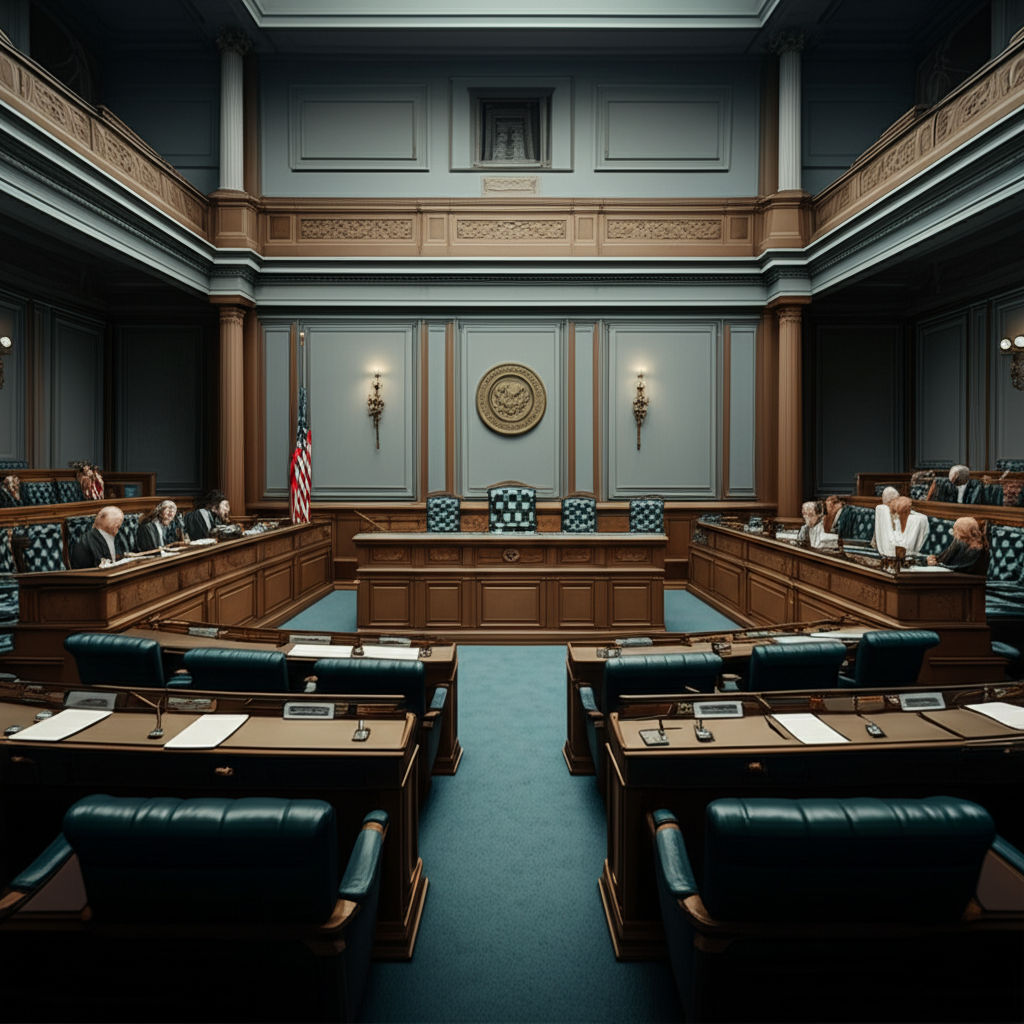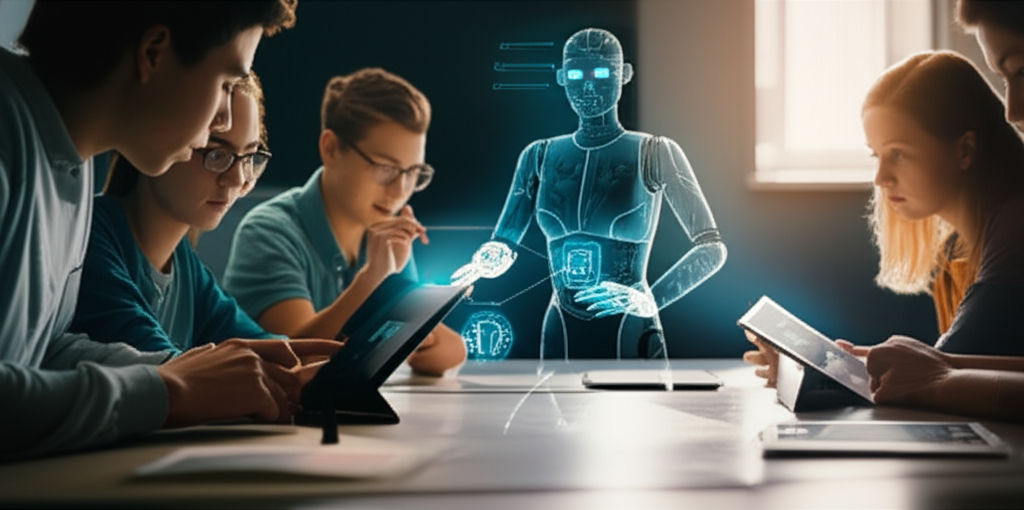Public Policy Economics: Interventions
Emily Willis

Photo: Public Policy Economics: Interventions
Public Policy Economics: Understanding Government Interventions in Our Daily Lives
In an ideal world, markets would perfectly allocate resources, ensuring everyone gets what they need at a fair price, and innovation flourishes. However, reality is far more complex. From the cost of your morning coffee to the stability of your job, government actions constantly shape our economic landscape. This is the realm of public policy economics, a field dedicated to understanding why, how, and with what consequences governments intervene in the economy.
Far from being abstract theories, these economic interventions directly influence our daily lives, aiming to correct imbalances, promote fairness, and foster growth. But what exactly drives these interventions, and how do they work? Let's delve into the fascinating world of public policy economics and uncover the mechanisms governments use to steer the economic ship.
Why Do Governments Intervene? The Concept of Market Failure
At the core of public policy economics lies the concept of market failure. This occurs when free markets, left to their own devices, fail to allocate resources efficiently, leading to outcomes that are not optimal for society as a whole. When these problems arise, government intervention or collective action is often needed to restore balance.
Several common types of market failures justify government intervention:
- Externalities: These are costs or benefits imposed on a third party not directly involved in an economic transaction.
- Negative Externalities: Think of a factory polluting the air or water. The factory benefits from lower production costs, but the surrounding community bears the cost of health issues and environmental damage. This "collateral damage" is not reflected in the product's price, leading to overproduction of goods that harm society. Traffic congestion is another example, imposing hidden costs like pollution on society.
- Positive Externalities: Conversely, positive externalities occur when an activity benefits others who don't pay for it. For instance, vaccinations protect not only the vaccinated individual but also the wider community by reducing disease spread. Research and development (R&D) is a classic example; a company's innovation might benefit an entire industry. In such cases, the market might under-provide these beneficial goods.
- Public Goods: These are goods that are non-excludable (you can't easily prevent people from using them, even if they don't pay) and non-rivalrous (one person's use doesn't diminish another's). Examples include national defense, street lighting, and clean air. Because private companies struggle to profit from such goods, they are often under-provided by the market, necessitating government provision or subsidies.
- Information Asymmetry: This happens when one party in a transaction has more or better information than the other. For example, a car seller might know more about a vehicle's hidden defects than the buyer, or consumers might lack information about the risks associated with certain products. This imbalance can lead to inefficient or unfair outcomes.
- Monopolies and Oligopolies: When a single firm or a small group of firms dominates a market, they can control prices and output, leading to higher prices and less choice for consumers than in a competitive market. This "failure of competition" can justify government intervention to ensure fair play.
Beyond market failures, governments also intervene to address societal concerns like economic inequality or to provide essential services considered basic rights, such as healthcare and education.
Key Types of Economic Interventions: Tools in the Government's Arsenal
Governments employ a variety of tools to influence the economy, broadly categorized into fiscal policy, monetary policy, and regulatory measures.
Fiscal Policy: Government's Spending and Taxation Power
Fiscal policy involves the government's decisions regarding spending and taxation. These tools directly impact economic activity, aiming to either stimulate growth or cool an overheated economy.
- Taxation: Governments levy taxes on income, goods, and services to fund public spending and influence behavior.
- Progressive vs. Regressive Taxes: Progressive taxes (like income tax) take a larger percentage from higher earners, aiming to reduce income inequality. Regressive taxes (like sales tax) take a larger percentage from lower earners, as they spend a larger proportion of their income.
- Excise Taxes: These are taxes on specific goods or services, often used to discourage consumption of "demerit goods" with negative externalities. For example, the UK's "Soft Drinks Industry Levy" (sugar tax) aims to reduce sugar consumption and improve public health, leading to an 18% reduction in sales of levied brands. Similarly, taxes on products that cause pollution, like oil, can help internalize the external costs.
- Government Spending: This involves direct government investment in public goods and services.
- Infrastructure Projects: Investment in roads, bridges, and public transport can create jobs and boost economic activity. Mexico's Programa Hábitat, a three-year infrastructure investment program, had a substantial positive impact on the commercial economy and elevated wages even six years after investments.
- Social Programs: Spending on education, healthcare, and social welfare programs can improve quality of life, reduce poverty, and enhance human capital. Colombia's "Ser Pilo Paga" Programme, a student loan initiative for low-SES high-achievers, significantly improved college enrollment and completion, boosting recipients' labor market prospects. Similarly, India's National Food Security Act reduced stunting and improved dietary diversity. During the COVID-19 pandemic, governments also issued economic impact payments (stimulus checks) to promote economic activity and household spending.
Monetary Policy: Influencing the Flow of Money
Monetary policy is primarily managed by a nation's central bank (like the Federal Reserve in the U.S.). Its main goal is to control the money supply and credit conditions to achieve price stability and maximum employment.
- Interest Rates: The central bank's most influential tool is its ability to adjust short-term interest rates.
- Raising Rates: When inflation is high or the economy is "overheating," central banks raise interest rates. This makes borrowing more expensive, discouraging consumer spending and business investment, thereby slowing economic growth and curbing inflation. For homeowners with variable-rate mortgages, higher rates mean increased costs.
- Lowering Rates: Conversely, when the economy slows, central banks lower rates to make borrowing cheaper, encouraging spending and investment to stimulate growth. While this encourages borrowing and investment, it can also reduce returns on savings accounts.
- Quantitative Easing/Tightening: These involve the central bank buying (easing) or selling (tightening) government bonds and other securities to inject or withdraw money from the banking system, influencing long-term interest rates and overall money supply.
Regulation: Setting the Rules of the Game
Regulation involves setting rules and standards to ensure fair practices, protect consumers, and address externalities.
- Environmental Regulations: Laws like the Clean Air Act in the USA regulate air emissions to meet quality standards. While environmental regulations can sometimes increase production costs and affect firm performance, especially in high-pollution industries, they have been effective in reducing emissions and can lead to long-term economic benefits such as improved worker productivity and reduced healthcare costs. Studies suggest that the economic impacts on employment, investment, and trade have generally been modest, with benefits often outweighing costs.
- Consumer Protection: Regulations ensure product safety, fair advertising, and protect consumers from fraudulent practices.
- Labor Laws: These include minimum wage laws, workplace safety regulations, and laws protecting workers' rights.
- Minimum Wage: Raising the minimum wage is a common intervention. Supporters argue it can stimulate consumer spending, lift people out of poverty, and reduce reliance on social safety nets. It can also reduce employee turnover and absenteeism, leading to higher productivity. However, critics warn of potential job cuts, increased automation, and higher prices, especially for small businesses. The actual impact on employment is a subject of ongoing debate among economists, with many studies finding varied effects.
- Direct Provision of Goods and Services: In cases of public goods or essential services, governments often directly provide them. Examples include national defense, public education, police protection, and healthcare.
Subsidies and Price Controls: Targeted Support and Market Shaping
- Subsidies: Financial aid or support given to individuals, businesses, or industries.
- Goals: Subsidies can lower prices for consumers, help the poor, maintain purchasing power, increase competitive production, and prevent business bankruptcies. They are often used to encourage "merit goods" (like renewable energy or public transport) that have positive externalities.
- Challenges: Subsidies can be expensive, distort market prices, lead to inefficient resource allocation (as consumers may consume subsidized goods wastefully), and potentially reduce incentives for firms to cut costs. They can also be vulnerable to corruption and distort competition.
- Price Controls: Governments may set minimum or maximum prices.
- Minimum Price (Price Floor): Ensures producers can cover costs and maintain fair income, preventing prices from dropping too low (e.g., minimum wage, agricultural price supports). Scotland implemented a minimum unit price for alcohol to reduce excessive drinking.
- Maximum Price (Price Ceiling): Aims to keep essential goods affordable for consumers (e.g., rent control).
The Impact and Challenges
Latest ✨
View Allsustainable living and provides practical tips for integrating eco-friendly practices into daily life. It emphasizes the benefits of reducing environmental impact, combating climate change, conserving resources, saving money, and living a healthier life.
Emily Willis
AI is no longer a futuristic concept, it is shaping our world at an unprecedented pace. In 2024 and beyond, AI trends are likely to dominate in various industries. Generative AI is expected to revolutionize content creation, design, and product development. In healthcare, AI will lead to personalized medicine, drug discovery acceleration, improved diagnostics, and remote patient monitoring.
Emily Willis
Future-proof your career with micro-credentials & digital badges. Gain targeted skills fast & stay relevant in a rapidly changing world.
Emily Willis
Unlock the potential of flexible school schedules! Understand benefits, challenges, types, and real-world examples for modern education.
Emily Willis
Business
View All
June 9, 2025
Craft a Winning Pitch DeckCraft a winning pitch deck! Learn to transform your vision into a compelling presentation that captivates investors & unlocks opportunities.
Emily Willis

June 8, 2025
Gain Competitive Edge in Any MarketMaster competitive advantage! Discover actionable strategies for business growth, market leadership, and differentiation in any market.
Emily Willis

June 8, 2025
Handle Complaints EffectivelyMaster the art of handling complaints effectively. Learn the psychology, actionable steps, and how to turn feedback into opportunities for growth and stronger r...
Emily Willis
Economy
View AllUncover the dynamic relationship between tariffs and global trade patterns. Explore how tariff changes reshape trade flows, impact consumers and businesses, and drive strategic adaptations in supply chains and markets. Discover insights from real-world cases and learn strategies for businesses to thrive in this evolving landscape.
Read MoreFiscal policy: The government's powerful tool of taxes & spending that shapes the economy, jobs, and your daily life. Essential citizen guide.
Read MoreBoost your business profitability! Discover how cost analysis empowers informed decisions, optimizes spending, and fuels sustainable growth.
Read MoreEntertainment
View All
August 5, 2024
Classic Films: Timeless Masterpieces in the Age of StreamingClassic films may seem outdated in today's world of instant gratification and endless streaming options, but they offer enduring stories, masterful storytelling, historical insights, technical innovation, and artistic value that surpass modern offerings. While classic films face challenges such as accessibility and pacing, there are ways to overcome these obstacles, such as using streaming services, visiting local libraries, attending film festivals, and utilizing online resources.
Emily Willis
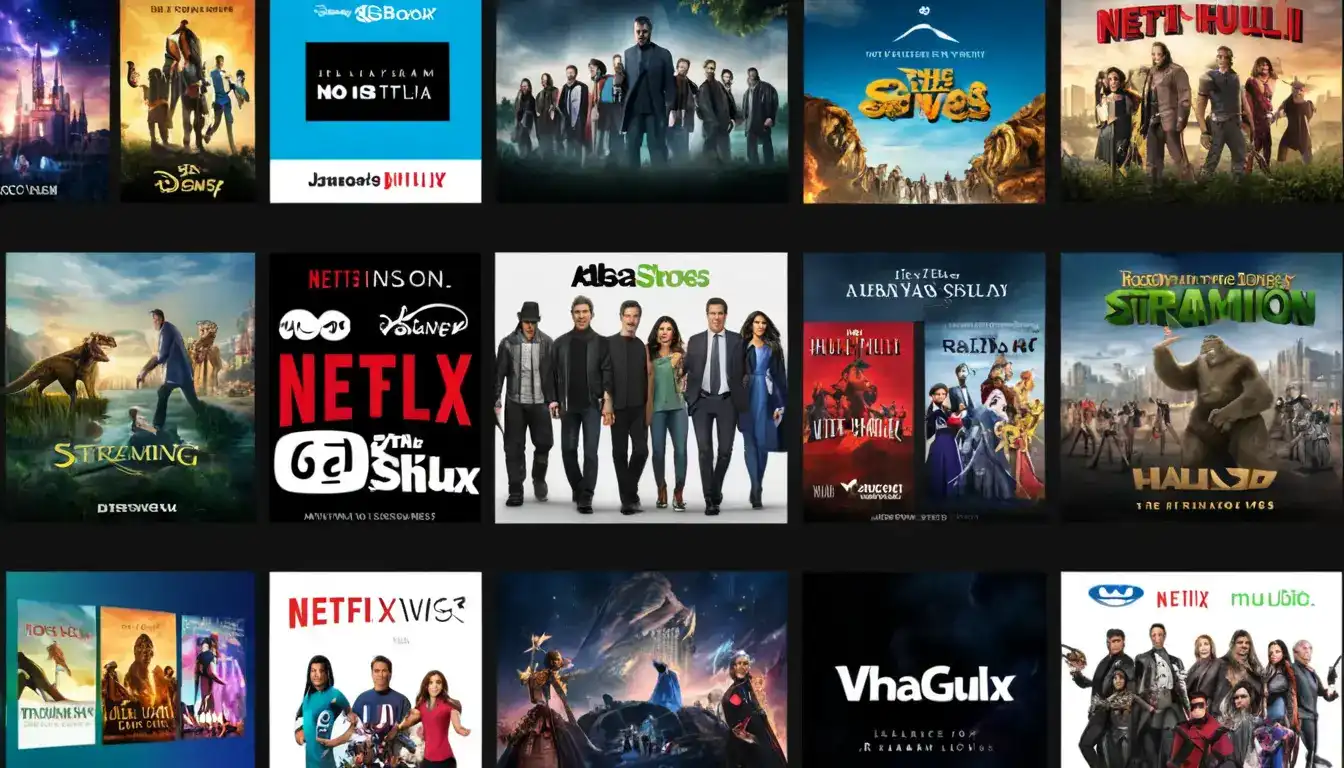
August 4, 2024
The Evolution of Streaming Services Such as Netflix, Disney+, Hulu, and the Implications for the Traditional Entertainment IndustryThe rise of streaming services has revolutionized the entertainment industry, offering on-demand access to a vast library of content through internet-connected devices. Platforms like Netflix, Disney+, and Hulu have diversified their content libraries, reshaped consumer behavior, and challenged traditional distribution models. Technological advancements have enhanced streaming experiences, while economic and cultural implications have led to global market expansion and increased investment in original content production. The future of the streaming industry will be shaped by competition, convergence of media and technology, and the need for adaptation to changing consumer preferences. Embracing digital transformation and strategic partnerships will be crucial for stakeholders in navigating the evolving landscape of modern entertainment.
Emily Willis

August 4, 2024
Virtual Music Concerts: The Future of Live Performance?The music industry has seen significant changes in recent years, with virtual music concerts becoming a popular trend, especially due to the impact of the COVID-19 pandemic. Technological advancements have made virtual concerts more accessible and cost-effective, while also reducing the environmental impact of live events. However, challenges such as technical issues and the lack of physical presence remain. The future of virtual concerts may involve hybrid models that combine virtual and physical experiences, as well as continued technological innovation to enhance the quality of virtual performances. Building a sense of community and engagement will also be crucial for the success of virtual concerts moving forward.
Emily Willis
Health
View Allsleep for physical and mental well-being, discussing the benefits of sleep such as physical restoration, brain function, emotional regulation, concentration, and reduced risk of chronic diseases. It explains the different stages of the sleep cycle and provides guidelines for how much sleep individuals of different ages need.
Emily Willis
Heart disease is a leading cause of death globally, but early detection and prevention strategies can reduce its impact. This article discusses the importance of early detection, common risk factors, preventive measures, and lifestyle changes for heart health. Understanding heart disease, recognizing symptoms, and undergoing regular screenings are crucial. Common risk factors include high blood pressure, high cholesterol, diabetes, smoking, obesity, physical inactivity, and family history. Symptoms of heart disease include chest pain, shortness of breath, fatigue, irregular heartbeat, and swelling. Diagnostic tests and screenings include blood pressure measurement, cholesterol screening, blood glucose test, ECG, stress test, and imaging tests. Preventive measures include adopting a heart-healthy diet, regular physical activity, quitting smoking, managing stress, maintaining a healthy weight, and limiting alcohol consumption. Medications and treatment options may be necessary for individuals at high risk or diagnosed with heart disease.
Emily Willis
The healthcare landscape is being transformed by technological advancements, with telehealth and remote care providing convenient access to healthcare services. Artificial intelligence is revolutionizing diagnostics, personalized medicine, and drug discovery. Wearable technology is empowering patients to take control of their health.
Emily Willis
Trending 🔥
View All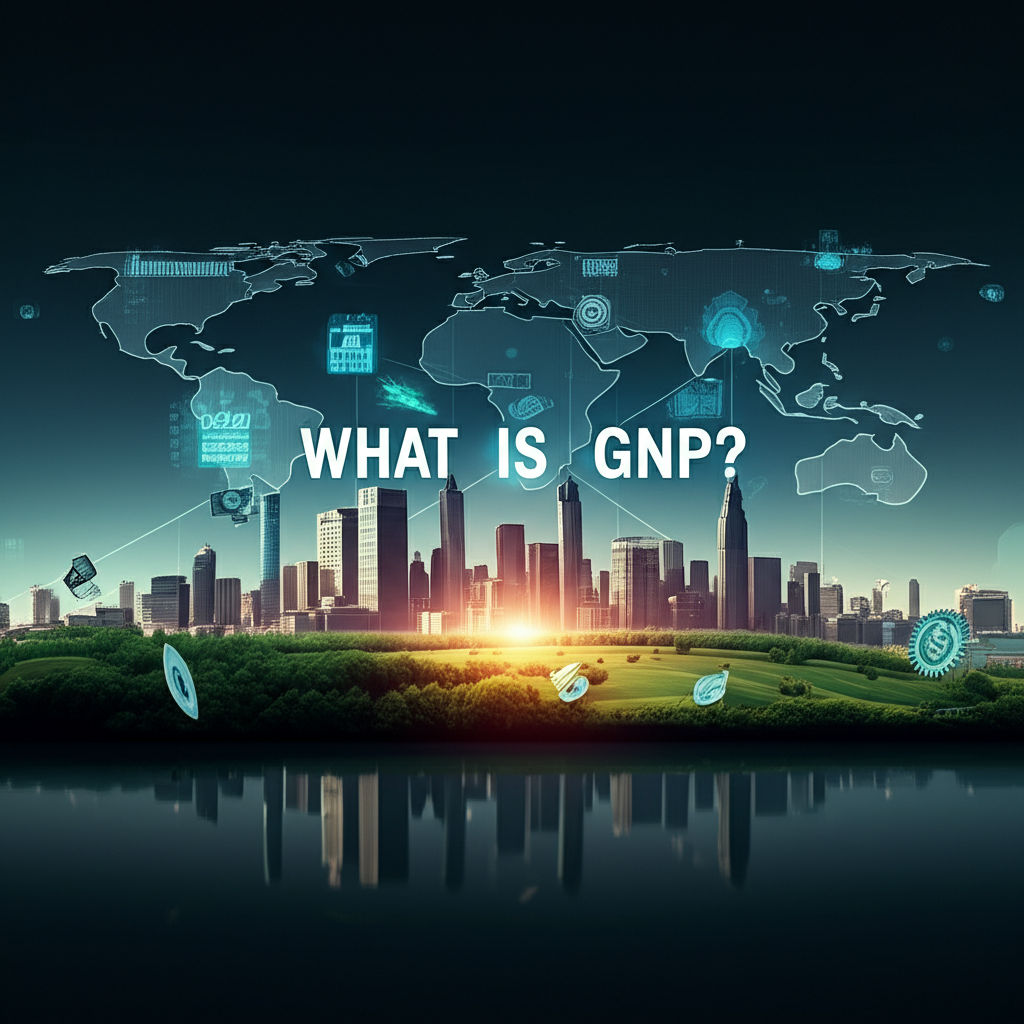
1
2
3
6
7
8
9
Sports
View AllAugust 4, 2024
The Importance of Mental Training and Psychological Strategies in Helping Athletes Reach Their Peak Performance on the Field
Read MoreTechnology
View All
August 4, 2024
Latest Trends in Mobile Application Development
latest trends in mobile application development for 2024. These trends include the integration of 5G technology, artificial intelligence and machine learning, Internet of Things (IoT), augmented reality (AR) and virtual reality (VR), cross-platform development, mobile wallets and payment gateways, progressive web apps (PWAs), enhanced app security, voice search and integration, and sustainability and green mobile apps.
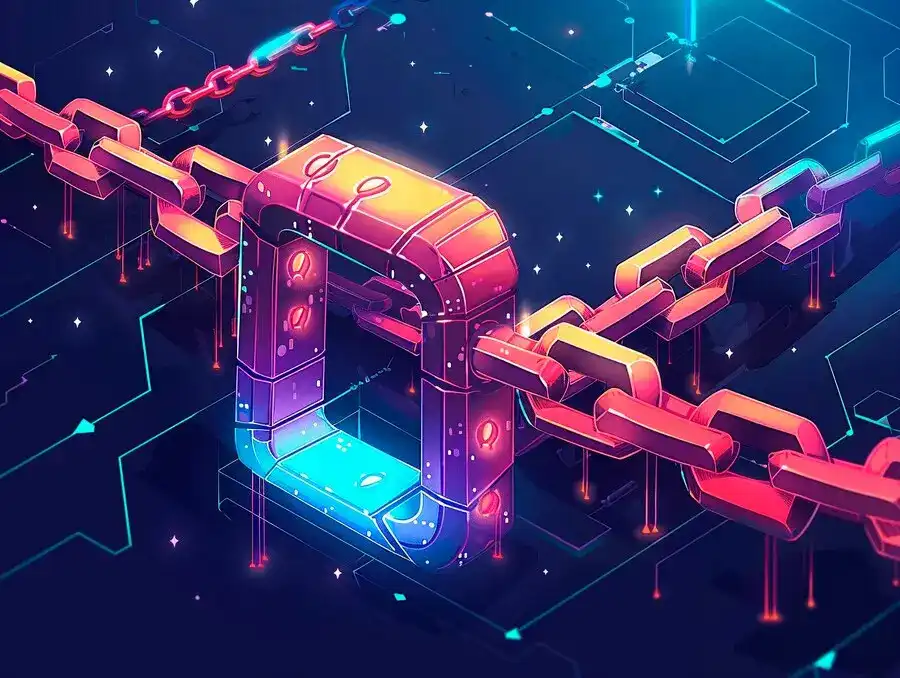
August 5, 2024
Challenges and Barriers in Adopting Blockchain Technology
Blockchain technology has the potential to revolutionize industries with its decentralized and transparent nature, but widespread adoption faces challenges such as scalability issues, interoperability, security concerns, regulatory uncertainty, lack of standards, cost and resource intensiveness, and user experience and education.

August 5, 2024
Top Skills Every Junior Software Developer Should Master in 2024
Meta Description: Discover the top skills junior software developers need to master in 2024 to excel in their careers. From coding languages to soft skills, this blog reveals the secrets to staying ahead in the dynamic world of software development.

August 4, 2024
The Metaverse: A Virtual World with Endless Possibilities
metaverse is a rapidly evolving concept that offers a network of interconnected 3D virtual spaces accessed through technologies like VR and AR.





